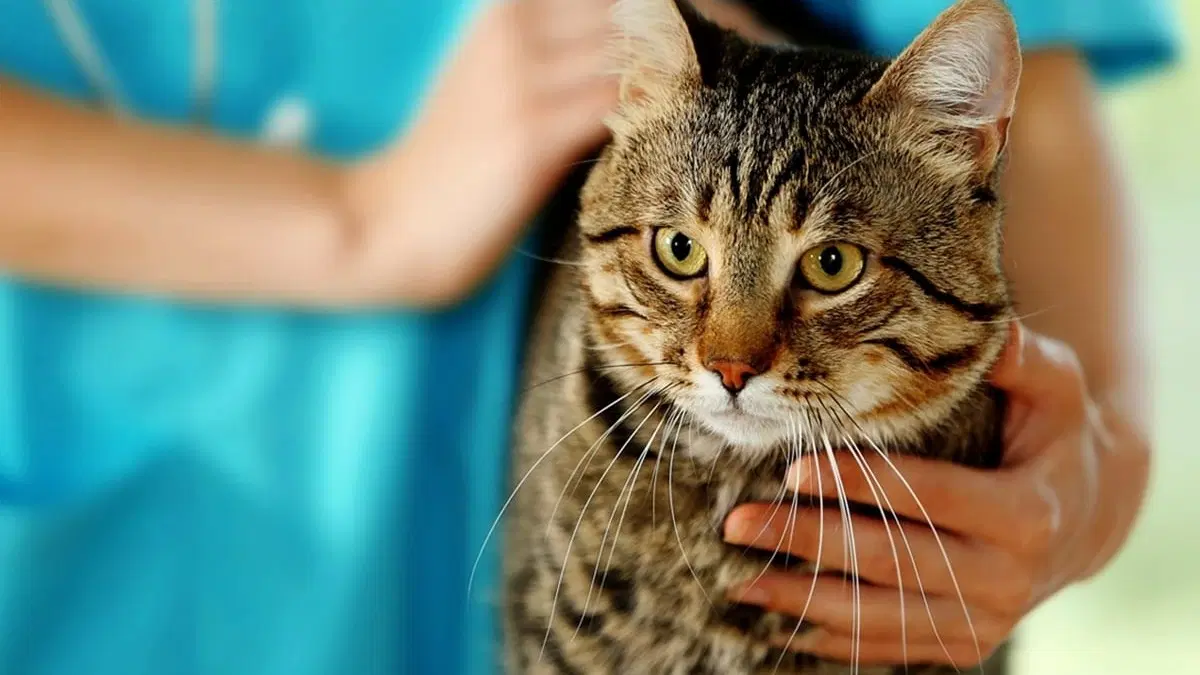By Dr. Karen Whala, Co-founder of CodaPet
Hello, fellow cat lovers! As pet parents, we all want to ensure that our feline family members are healthy and happy. Unfortunately, cats can develop health conditions like humans, and one of the most common ones is diabetes. As a veterinarian, I’m here to give you the good news: cat diabetes can be managed with proper care and treatment.
In this article, we will discuss what you need to know about diabetes in cats, including symptoms, causes, and treatment options available. Whether you have a diabetic cat or simply want to learn more about this condition, we hope that this article will provide you with valuable insights and information to help you care for your furry loved one.
How Worried Should You Be About Diabetes in Cats?
As a cat parent, it’s important to be aware of the signs and symptoms of diabetes in cats, but it’s also important to remember that diabetes in cats can be managed effectively with proper care and treatment. While it is a serious condition that can lead to complications if left untreated, many cats with diabetes can live long, healthy lives with the right care. If you suspect that your cat may have diabetes, it’s important to seek veterinary care immediately to get an accurate diagnosis and start treatment. Your veterinarian can work with you to develop a treatment plan that could include medication, diet, and exercise to help manage your cat’s diabetes. With proper care, monitoring, and management, you can help your cat live a happy and healthy life, even with diabetes.
Symptoms of Diabetes in Cats
The symptoms of diabetes in cats can be subtle and gradual, making it difficult to detect the condition at an early stage. However, as the disease progresses, it can mimic other common conditions that cats can experience, including hyperthyroid and chronic kidney diseases and urinary tract infections. The following are some common symptoms of diabetes in cats:
Increased Thirst and Urination: One of the most common symptoms of diabetes in cats is increased thirst and urination. Cats with diabetes often drink more water than usual and urinate more frequently.
Weight Loss: Cats with diabetes may lose weight, despite having a normal or increased appetite. This is because their body is unable to use glucose for energy properly, and it starts breaking down fat and muscle tissues for energy instead.
Increased Appetite: In some cases, cats with diabetes may have an increased appetite due to the body’s inability to use glucose for energy. This can lead to excessive eating and weight gain in some cases.
Lethargy: Cats with diabetes may become lethargic or less active than usual. This is because their body is not able to use glucose for energy, and they may feel weak or Tired.
Vomiting: Cats with diabetes may experience vomiting, which can be a sign of high blood sugar levels. This is because high blood sugar levels can cause gastrointestinal problems and lead to vomiting.
Causes of Diabetes in Cats
The exact causes of diabetes in cats are not fully understood, but some factors that may contribute to its development include:
Obesity: Obesity is a significant risk factor for diabetes in cats. Obese cats have a higher risk of developing diabetes than cats with a healthy weight.
Age: Older cats are more likely to develop diabetes than younger cats. This is because the pancreas may become less efficient in producing insulin as cats age.
Genetics: Genetics may also play a role in the development of diabetes in cats. Certain breeds, such as Burmese and Siamese, have a higher risk of developing diabetes than other breeds.
Steroid Use: Long-term use of steroids can increase the risk of diabetes in cats. Steroids can cause insulin resistance, which can lead to high blood sugar levels.
Treatment of Diabetes in Cats
If you suspect that your cat has diabetes, it is important to seek veterinary care immediately. Your veterinarian can perform a physical exam, blood tests, and other diagnostic tests to confirm the diagnosis and determine the severity of the condition. Once your cat is diagnosed with diabetes, the following treatment options may be recommended:
Insulin Injections: Most cats with diabetes require insulin injections to regulate their blood sugar levels. Your veterinarian can teach you how to administer the injections and monitor your cat’s response to the medication.
Prescription Diet: Your veterinarian may also recommend a prescription diet that is low in carbohydrates and high in protein. This can help regulate your cat’s blood sugar levels and maintain a healthy weight.
Exercise: Regular exercise can also help regulate your cat’s blood sugar levels and improve their overall health. Encourage your cat to play and engage in physical activity to help keep them active and healthy.
Monitoring: Regular monitoring of your cat’s blood sugar levels is essential to help ensure that their diabetes is properly managed. Your veterinarian may recommend regular blood tests and urine tests to monitor your cat’s response to treatment.
How Pet Insurance Can Help
Accident & illness pet Insurance can be a valuable resource for cat parents. It can help ease the financial burden of cat care and help ensure that your pet can get the care they need to stay healthy. The cost of cat diabetes can be very high if your pet is not insured. That is why we recommend that you get cat insurance for your cat to avoid these unexpected expenses. Visit our blog to learn more about how cat insurance works.
In conclusion, diabetes in cats is a serious condition that requires proper diagnosis and management. Early detection and treatment are crucial for ensuring your cat’s long-term health and well-being. By monitoring your cat’s symptoms, seeking veterinary care promptly, and following a strict treatment plan, you can help your cat manage their diabetes effectively. With proper care, attention, and support, cats with diabetes can live long, healthy lives.
–By Dr. Karen Whala, Veterinarian and Co-founder of CodaPet
About the Author
In addition to her work with Peaceful Passing, Dr. Whala is a strong advocate for animal welfare. She is committed to educating pet owners about the importance of quality end-of-life care. She believes that every pet deserves to be treated with dignity and respect, even in their final moments. Dr. Whala's dedication to animal welfare has made her a respected figure in the veterinary community.

Dr. Karen Whala, founder of Peaceful Passing (2018), is certified in in-home euthanasia, Fear Free, and AAHA Accredited End-of-Life. Passionate about helping veterinarians offer IHE, she co-founded CodaPet to expand nationally.












